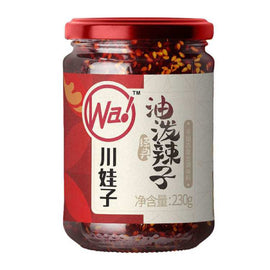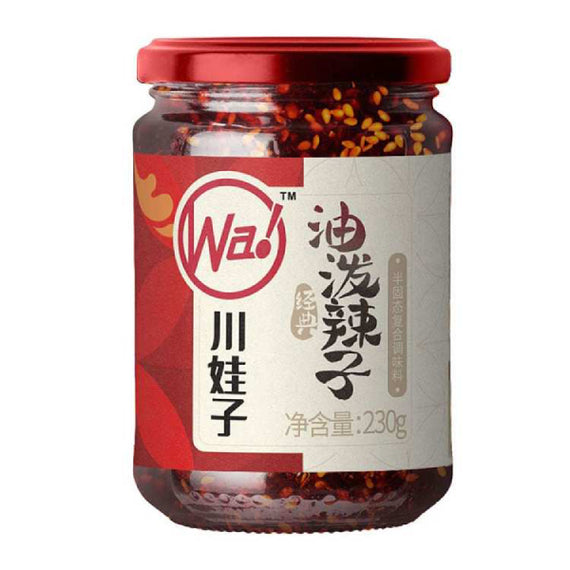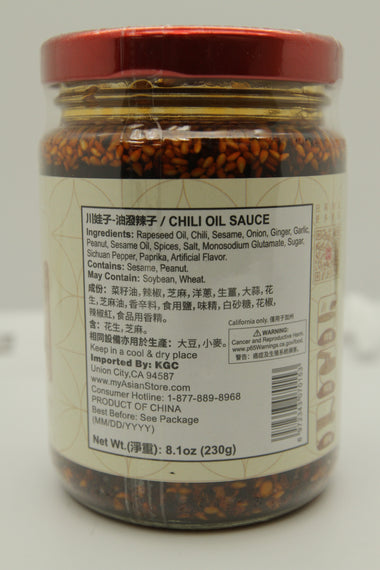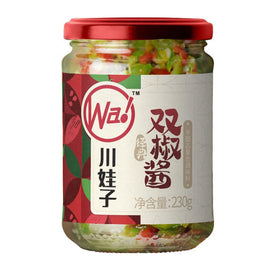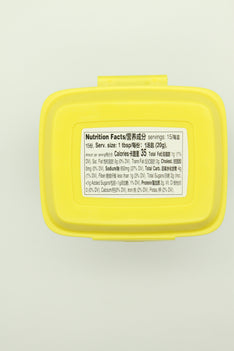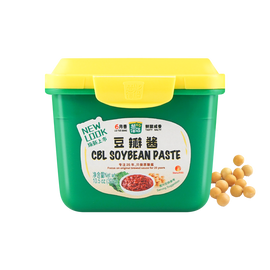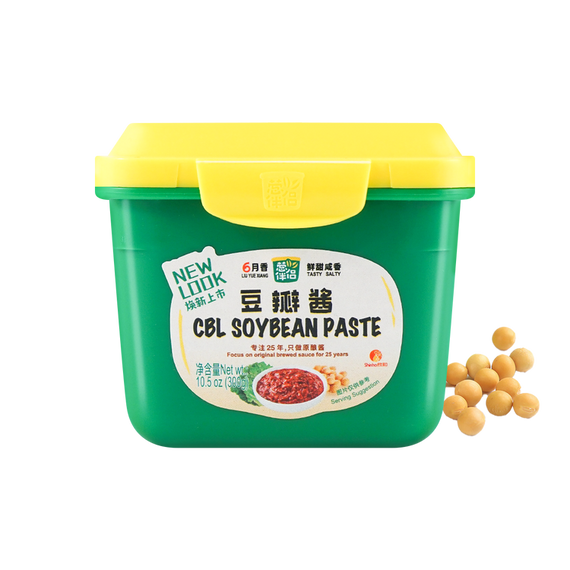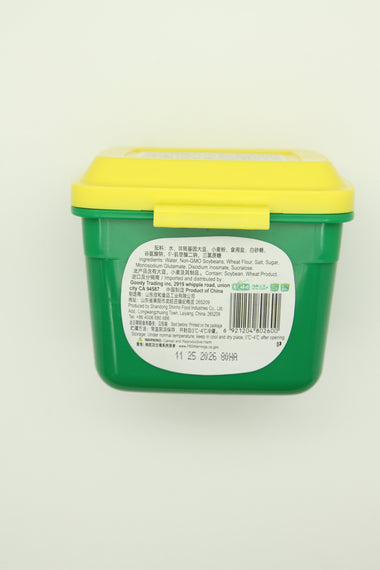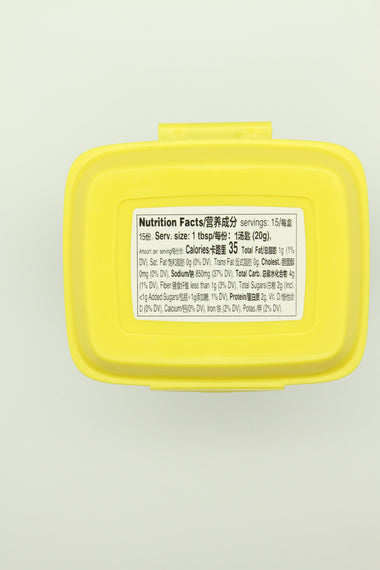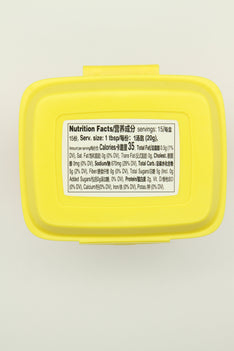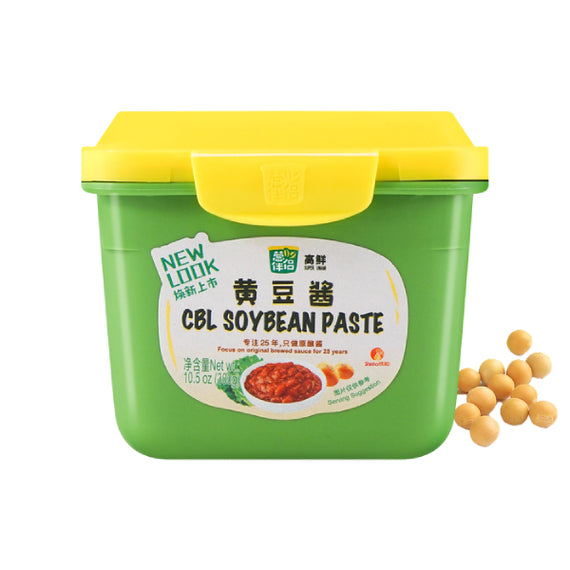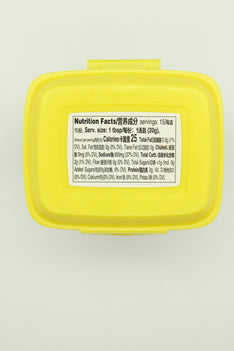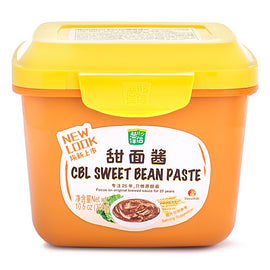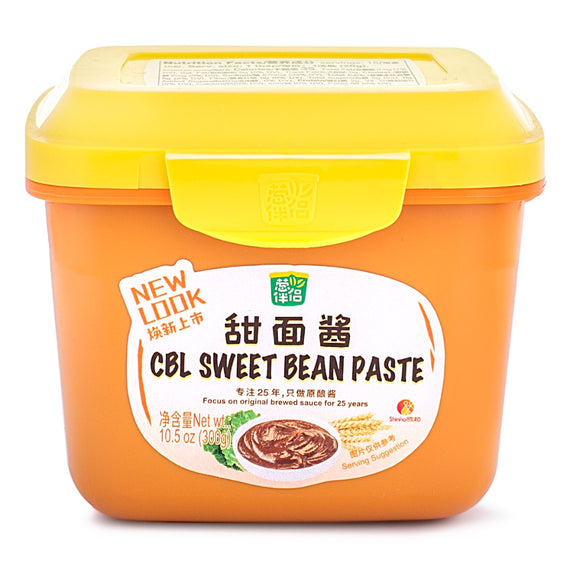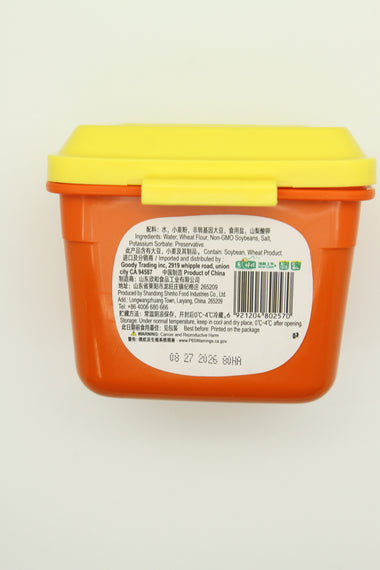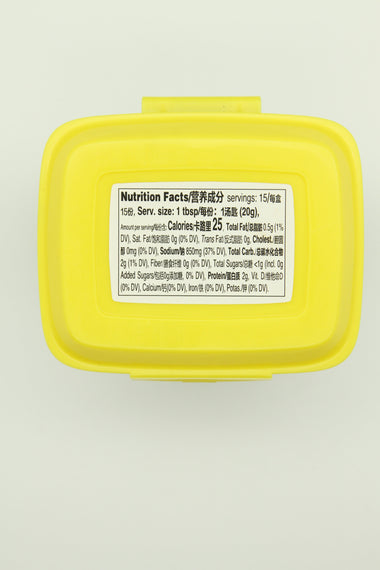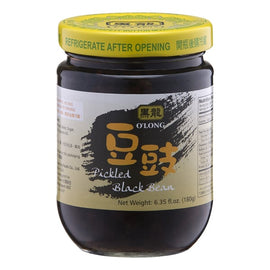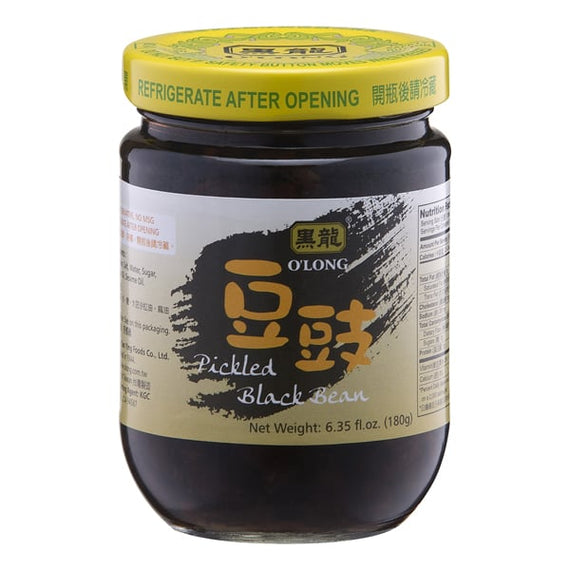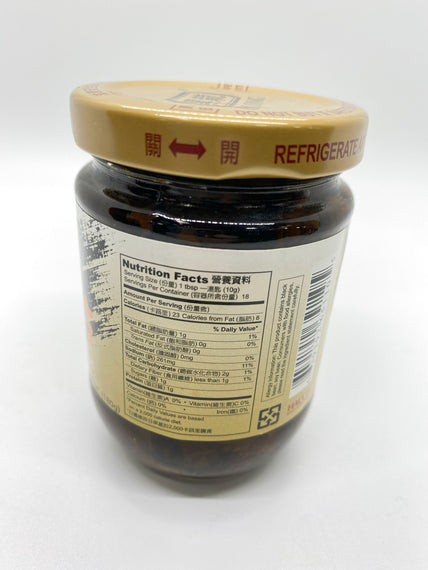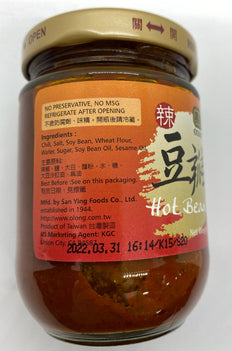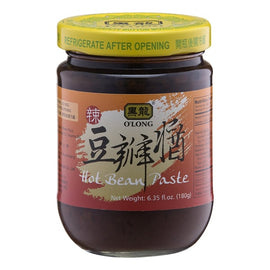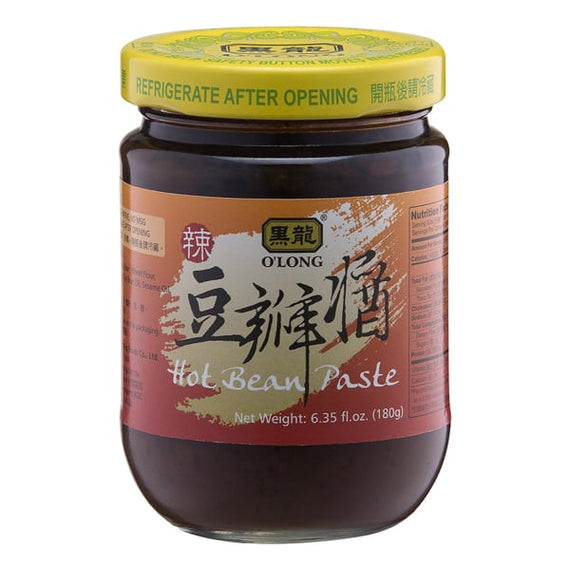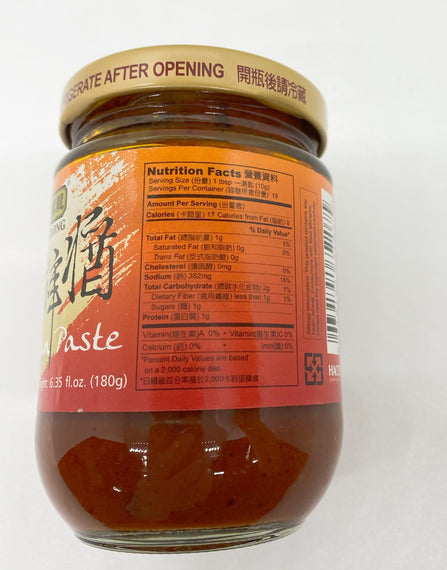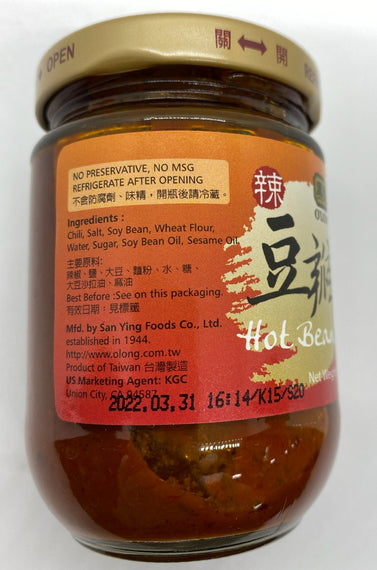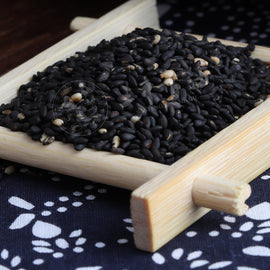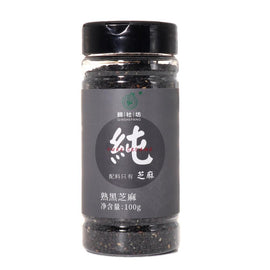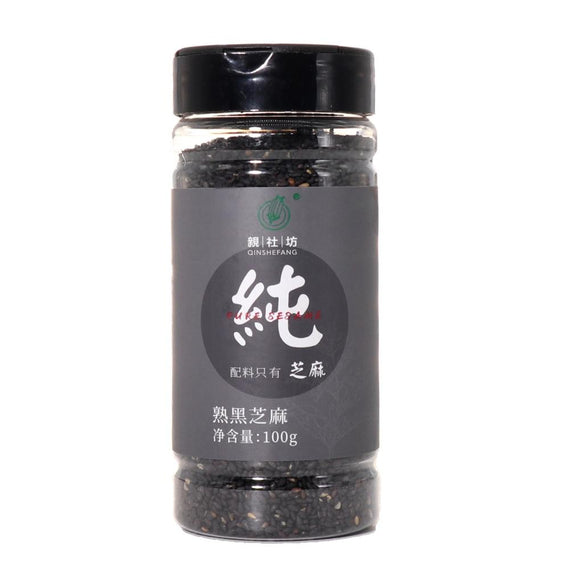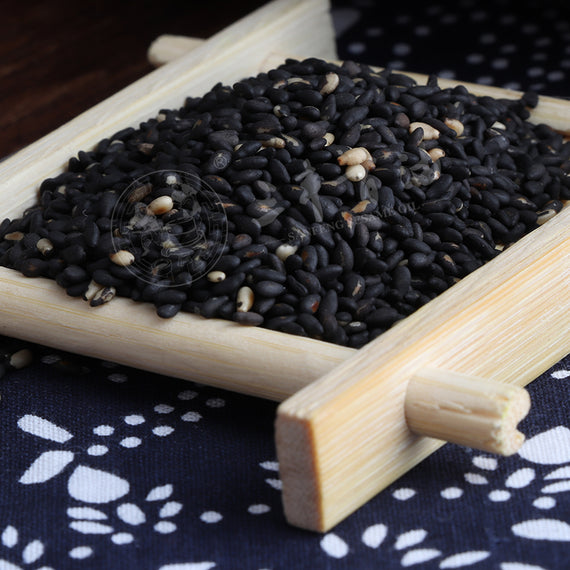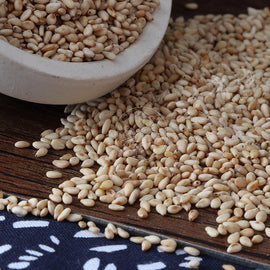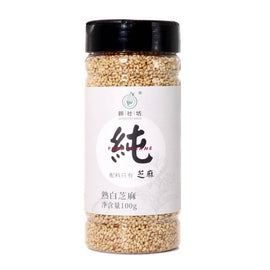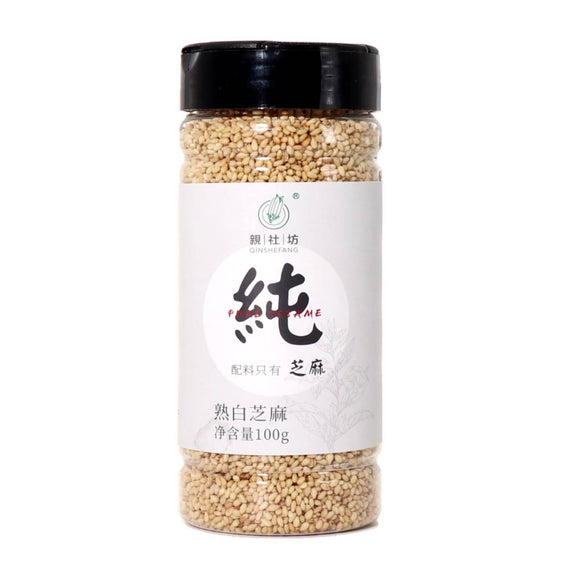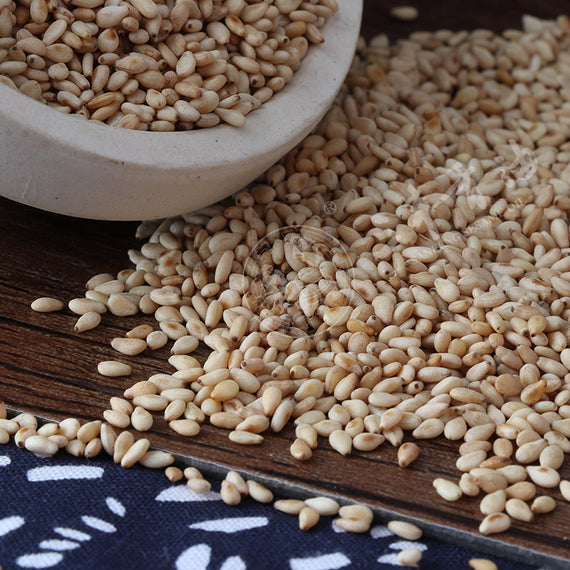Product successfully added to your shopping cart
SANFENG 100% Black Sesame Seed Paste 三豐 100% 黑芝麻醬 280G
2 bottles maximum for each order. 每單限購2瓶哦!
Incorporating sesame paste (which is different from tahini, though they're close relatives) into your everyday cooking is a fantastic way to add deep, nutty, and complex flavor to a wide variety of dishes.
Sesame paste, typically made from toasted sesame seeds, has a richer, darker, and more intense flavor than tahini (which is usually made from raw or lightly toasted seeds). Think of it as a secret weapon for adding umami and creaminess.
Here’s a guide on how to use it, from simple additions to creating full dishes.
First, A Quick Note: Sesame Paste vs. Tahini
-
Sesame Paste (Chinese/Asian style): Made from toasted sesame seeds. It's darker in color, has a thicker, almost dry texture, and a much stronger, roasty, and slightly bitter flavor. This is the key ingredient for dishes like Dan Dan Noodles and Goma Dressing.
-
Tahini (Middle Eastern): Made from raw or lightly toasted hulled sesame seeds. It's lighter in color, smoother, runnier, and has a milder, slightly sweet flavor. It's the base for hummus and baba ghanoush.
For this guide, we'll focus on the toasted sesame paste, but many ideas work with tahini too!
Easy Ways to Incorporate Sesame Paste Daily
1. The Ultimate Salad Dressing & Dip
This is the easiest place to start. A creamy sesame dressing is incredibly versatile.
-
Basic Template: Whisk together 1 part sesame paste with 1 part warm water until smooth. Then add 2 parts acid (rice vinegar, lemon juice, or lime juice), 1 part soy sauce, a sweetener like maple syrup or honey, and a pinch of grated garlic and ginger.
-
Use it on: Green salads, noodle salads, as a dipping sauce for spring rolls or crudités, or as a sauce for grilled chicken or fish.
2. Supercharge Your Sauces and Marinades
Add a spoonful of sesame paste to existing sauces to give them a nutty, creamy depth.
-
Stir-Fry Sauce: Add a tablespoon to your usual soy sauce, garlic, ginger, and chili stir-fry sauce. It will create a richer, clingier sauce that coats vegetables and protein beautifully.
-
Marinade for Meat/Tofu: Mix sesame paste with soy sauce, a little oil, garlic, and a touch of five-spice powder. It creates a fantastic crust when grilled or pan-seared.
3. Create Creamy, Dreamy Noodles
This is a classic application for a reason—it's quick, satisfying, and delicious.
-
"Dan Dan" Style Quick Noodles: Cook your favorite noodles. In a bowl, mix sesame paste, soy sauce, chili oil (or Sriracha), a splash of the noodle cooking water, and a dash of Chinese black vinegar. Toss with the noodles, top with sliced scallions and crushed peanuts.
-
Cold Soba Noodles: Thin the sesame paste with dashi or water, soy sauce, and mirin for a classic Japanese dipping sauce or dressing for cold soba noodles.
4. Elevate Your Breakfast
Yes, breakfast!
-
Sesame Toast: Mix sesame paste with a little honey or maple syrup and a pinch of salt. Spread it on toast, just like you would with peanut butter. Top with banana slices or berries.
-
Oatmeal or Yogurt Swirl: Stir a spoonful into your morning oatmeal or yogurt along with some fruit and nuts. It adds a wonderful savory-sweet element.
5. Add Richness to Soups and Stews
A dollop of sesame paste can be the perfect finisher for soups.
-
Finish Hearty Soups: Stir a tablespoon into a bowl of hot vegetable, lentil, or chicken soup just before serving. It adds a layer of creaminess and richness without dairy.
-
Miso Soup Upgrade: Add a small spoonful to your miso soup for a deeper, nuttier flavor.
6. reinvent Your Dips and Spreads
Go beyond hummus.
-
Sesame Eggplant Dip (Baba Ghanoush-style): Roast an eggplant until soft. Scoop out the flesh and mash it with sesame paste, lemon juice, garlic, and salt. It's a delicious twist.
-
Sandwich Spread: Mix sesame paste with mayonnaise, a little soy sauce, and a squeeze of lime for a unique and flavorful sandwich spread, especially good with turkey, chicken, or veggie wraps.
Pro Tips for Working with Sesame Paste
-
Stir, Stir, Stir! The oil naturally separates and rises to the top. You must stir it thoroughly before using it until it's completely homogeneous.
-
Thin it Gradually. Sesame paste can seize up and become thick when mixed with acidic ingredients. The key is to always thin it with a little warm water first to create a smooth paste before adding soy sauce, vinegar, etc.
-
Balance the Bitterness. Its intense, slightly bitter flavor is part of its charm, but it needs balancing. Always pair it with salty (soy sauce), sweet (sugar, honey), and acidic (vinegar, citrus) ingredients.
-
Store Properly. Keep it in a cool, dark place (or even the refrigerator after opening) to prevent the oils from going rancid.
Recipe Idea: 5-Minute Sesame Noodle Lunch
This is a perfect example of everyday use.
-
Cook a portion of spaghetti, udon, or soba noodles.
-
In a bowl, mix: 1.5 tbsp sesame paste, 1 tbsp soy sauce, 1 tsp rice vinegar, 1 tsp maple syrup, 1 minced garlic clove, and 1-2 tbsp of warm water. Whisk until smooth.
-
Drain the noodles, reserving a little pasta water.
-
Toss the noodles with the sauce, adding a splash of pasta water if it's too thick.
-
Top with sliced cucumber, shredded carrot, scallions, and a sprinkle of sesame seeds.
Start with a tablespoon and experiment! You'll quickly discover how this versatile paste can become a staple in your kitchen.
100% black sesame
No additives
Net Weight: 280g
Country of Origin: China









